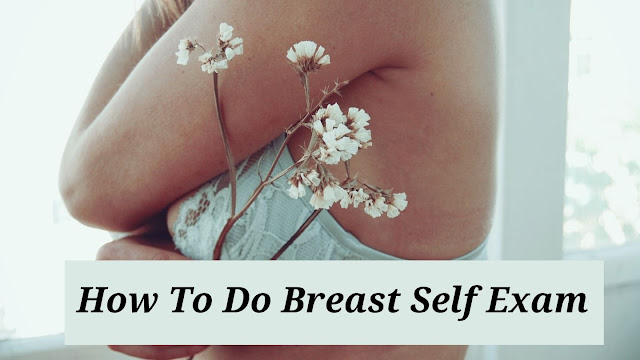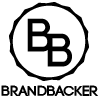What is breast self-exam?
Breast self-exam is inspecting and examining your breasts regularly on your own. This helps you to increase your breast awareness so you know the look and feel of your breasts. When you are familiar with your own breast, you will know when there are abnormal changes which you should report to your doctor promptly.
What is the purpose of breast self-examination?
Breast self-examination can help you to become more breast-aware. You get to know the normal state of your breasts so you can detect any abnormalities on time. Though breast self-examination is not recommended as part of breast cancer screening, regular breast self-examination can help you detect signs of infection or breast cancer. However, they should not replace regular screening tests like mammograms and examinations by your doctor. A mammogram can detect tumors before they can be felt, so screening is very important.
Adult women are encouraged to do a breast self-exam at least once a month. Women who are still having regular periods should have their breast exams after their period. Women who have stopped menstruating or have irregular periods can choose a day that is consistent and easy to remember like the first day of each month.
How to perform a breast self-exam
You can do the breast exam while doing some of your regular activities like taking a shower, dressing or undressing, or lying in bed. It takes only a few minutes and it's easy to do.
Visual Inspection
With your shirt and bra removed, stand in front of a mirror. Put your arms down by your sides. Look for any changes in breast shape, breast swelling, dimpling in the skin, or changes in the nipples.
Raise your arms high overhead and look for the same things. Finally, put your hands on your hips and press firmly to make your chest muscles flex. look for the small changes again. Be sure to look at both breasts.
Manual examination while standing up
With your shirt and bra removed, use your right hand to examine your left breast, then vice versa. With the pads of your three middle fingers, press on every part of one breast. Use light pressure, then medium, then firm. Feel for any lumps, thick spots, or other changes. A circular pattern may help you make sure you hit every spot.
Then, press the tissue under the arm. Be sure to check under the areola and then squeeze the nipple gently to check for discharge. Repeat the steps on the other side of the body.
Manual examination while lying down
When you lie down, your breast tissue spreads more evenly. So this is a good position to feel for changes. Lie down and put a pillow under your right shoulder. Place your right arm behind your head. Using your left hand, apply the same techniques as step 2, using the pads of your fingers to press all parts of your breast tissue and under your arm. Finally, swap the pillow to the other side, and check the other breast and armpit. Be sure to check under the areola and then squeeze the nipple gently to check for discharge.
If you find a lump or any abnormality, don't panic! Many breast lumps can be caused by other conditions that are not cancer. Schedule an appointment with your healthcare provider to have your breasts examined by a professional immediately.
Learning how to do breast self-exam is recommended for every woman.
Source:https://my.clevelandclinic.org/health/diagnostics/3990-breast-self-exam






